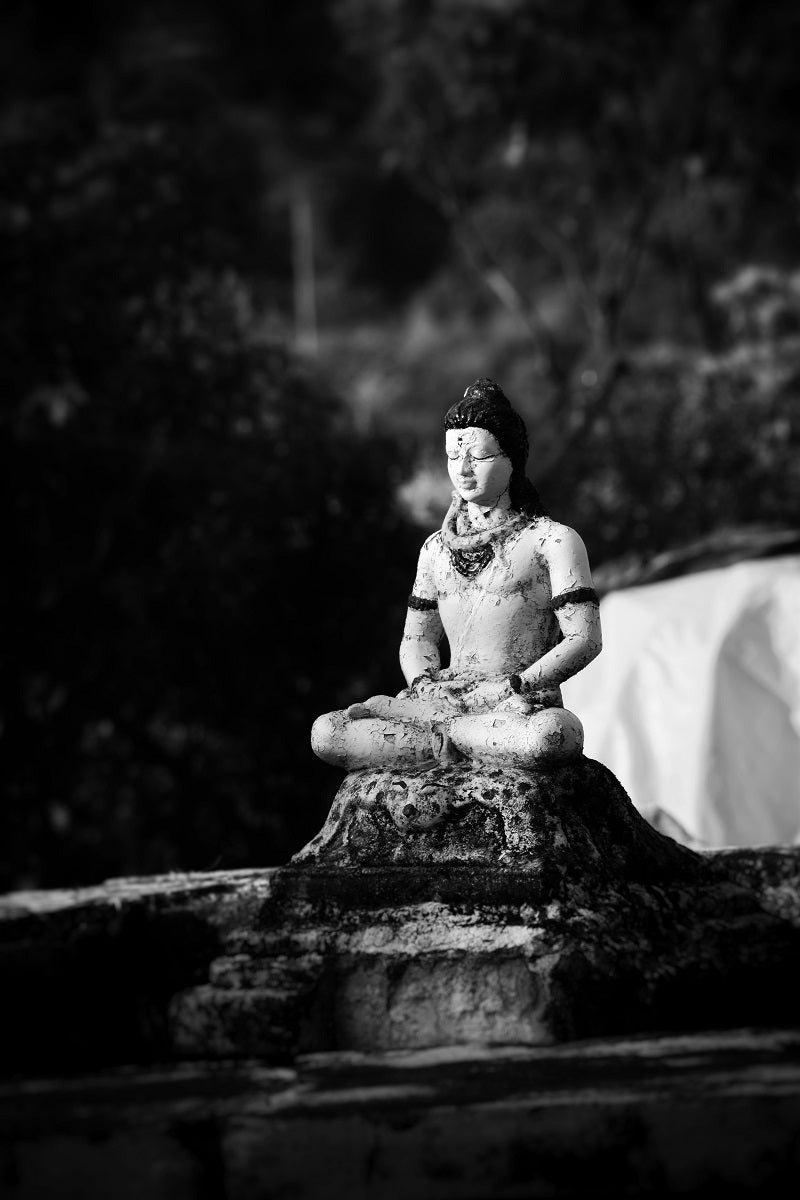
Story: When Lord Siva Hid Himself in The Mountains
Share
An interesting puranic story of Pandavas seeking redemption from Siva for their sins
The Mahabharata war was rife with schemes and sandals. The Pandava brothers too committed several sins – knowingly and unknowingly – during the course of the war.
Two amongst these, were the deadly sins of gotrahatya (killing their kin), and brahmana-hatya (killing brahmins, like Dronacharya).
Pandavas felt these actions were inevitable to reinstate righteousness in a land plagued by adharma. However, none can escape from the fruits of their actions – be it good or bad.
Hence, after the war, Lord Krishna advised the Pandavas to go in search of Lord Siva, to seek his blessings and lessen the impact of their sins. The brothers first headed to Kasi (Varanasi), Siva's favourite abode, hoping to find him there. However, Siva, ever ready to shower his blessings on devotees, was reluctant to meet the Pandavas. He was unhappy with the extent of death, and the many unfair means used to win the war, because it would set a bad example for future generations. Siva was reluctant to absolve the Pandavas of their sins, as it would mean he endorsed their actions.
The bull that hid at Guptakasi
Hence Siva took the form of a bull, and ran away from the Pandavas. He hid at a place in the Garhwal hills, now known as Guptakasi (literally meaning 'hidden Kasi').
The brothers, not finding Siva at Kasi, headed to the mountains in search of him. When Bhima spotted a divine-looking cow in the Garhwal hills, he gave chase, suspecting it to be Siva. Siva ran farther away, and as Bhima came menacingly close, he sank himself into the mountains, revealing only five small parts of his bull form, for the Pandavas to worship.
The hump appeared at Kedarnath, the arms at Tungnath, the face at Rudranath, the navel and stomach at Madhyamaheshwar, and the hair at Kalpeshwar. The Pandavas were delighted to get at least this minimal darsan of Shiva's endless form, and felt this was enough to absolve them of their sins!
It is believed that the Pandavas built temples at the above five places, before finally meditating at Kedarnath and performing several yajnas, and heading to their heavenly abode. The Panch Kedar yatra has thus come to be considered auspicious and thousands undertake the yatra with the hope of lessening the impact of their known and unknown sins.
Kedarnath, the place where Siva moved at the request of Vishnu
Vayu Purana mentions the legend that Mahavishnu took the form of Narayan and reached Badrinath where Siva was residing, Upon request of Vishnu, Siva moved from Badrinath to Kedarnath. The original temple at Kedarnath was said to be built during the Mahabharata era by the Pandava brothers, and the current structure in the th 8 century by Jagadguru Sri Adi Sankara. No wonder both Kedarnath and Badrinath are famous among pilgrims as part of the Char Dham circuit.
Janani G. Vikram
